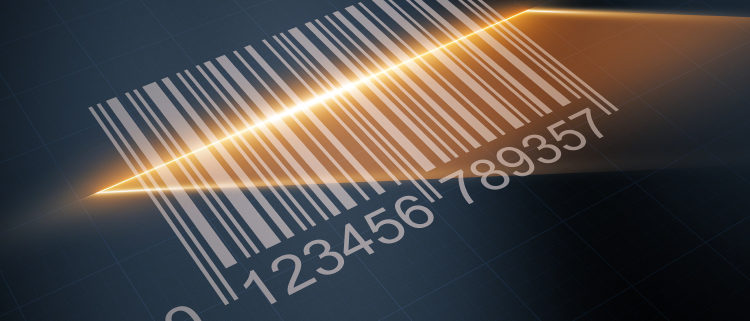Thanks to bar code technology, we can track cash packages and log data faster than ever before. But how exactly do security bar codes work?
A security bar code is made up of two parts:
- The machine-readable bar code
- The human-readable number
The first bar code was designed in the 1970s as part of the Universal Product Code (UPC), which is what retailers use to scan items at checkout. Today, security bar code technology is used in many industries, such as science, the military and health care.
A bar code scanner reads the black-and-white design of a security bar code and feeds that information to a computer that can identify the bar code using a database. A security bar code scanner works quite simply:
- The scanner emits an LED or laser light onto the security bar code.
- Light reflects off the bar code into a light-detecting component called a photoelectric cell. The white areas of the bar code reflect the most light while the black areas reflect the least light.
- As the scanner reads the security bar code, the photoelectric cell generates a pattern of on-off pulses corresponding to the black and white stripes in the bar code.
- An electronic circuit connected to the scanner converts these on-off pulses into the digits of the bar code.
- These digits are then sent to a computer connected to the scanner to be checked against a database.
Bar code technology is what allows financial institutions and cash-in-transit companies to quickly log, organize and transport security bags. Today, bar codes are printed directly on security packaging to make this process go as quickly as possible.

